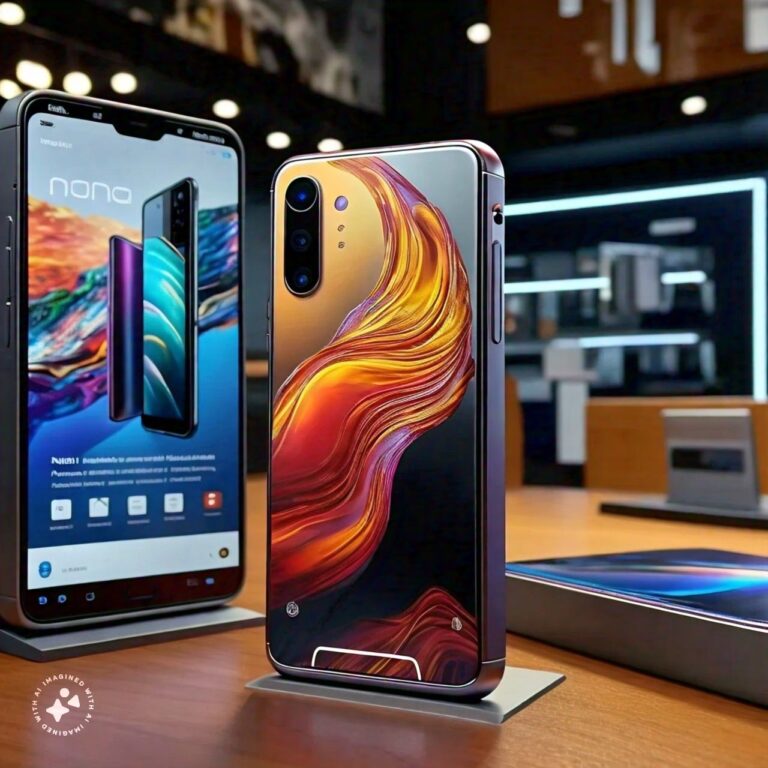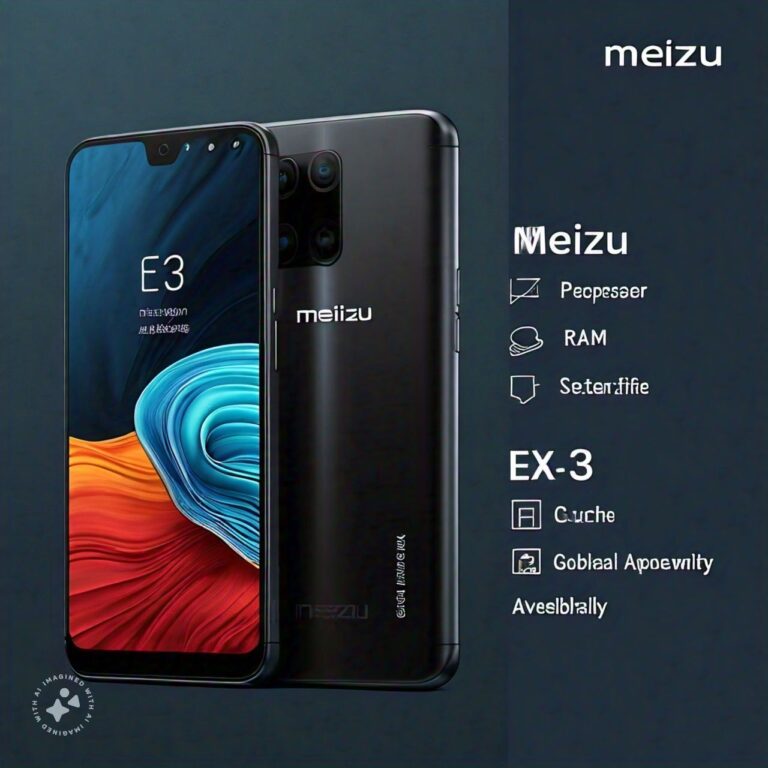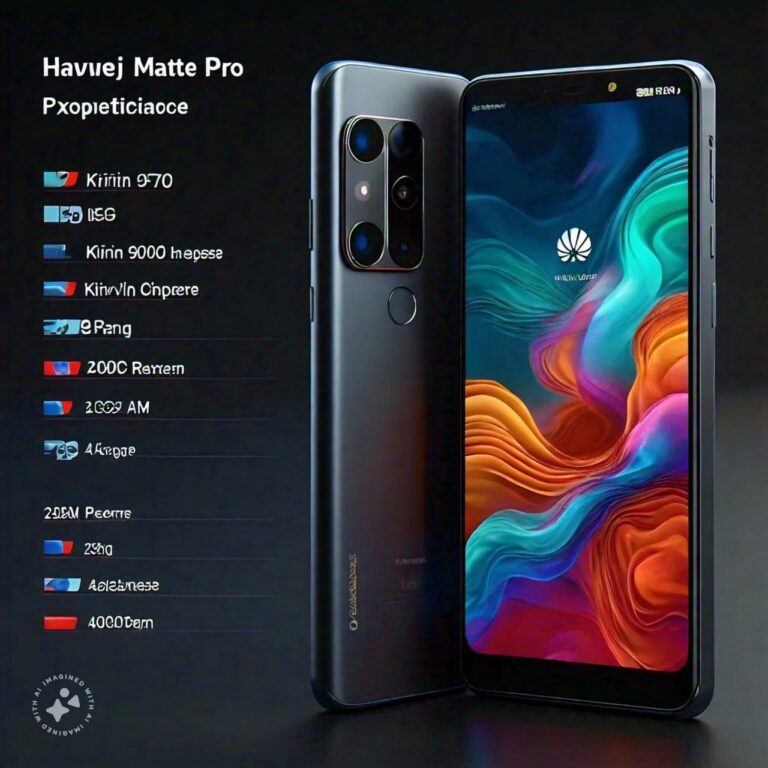Look at What Xiaomi is Doing to OnePlus 7 in India
The Indian smartphone market is heating up as OnePlus and its flagship killer, the OnePlus 7, continue to make waves. Meanwhile, Xiaomi is gearing up to launch its own flagship killer, the Redmi K20 Pro, in mid-July 2019. With the OnePlus 7 already available in the Indian market for several weeks, Xiaomi is strategically planning to grab a share of the attention and market share currently held by its competitor.
To effectively challenge the OnePlus 7, Xiaomi has adopted a bold strategy – going head-to-head with its competitor in a literal sense! As seen in the images below, Xiaomi has taken the unusual step of placing its Redmi K20 Pro billboard directly alongside that of the OnePlus 7, creating a striking visual comparison between the two flagship killer devices. This unapologetic move clearly signals Xiaomi’s intention to directly challenge OnePlus 7’s dominance in the Indian market.
While it may seem amusing at first glance, Xiaomi appears to be gearing up for an intense battle against the BBK brand, a conglomerate that owns OnePlus, OPPO, and Vivo. For those who may be unaware, these three prominent smartphone brands share a common origin and are all subsidiaries of the Chinese-based BBK Group. This is similar to how Tecno, iTel, and Infinix are all owned by the Transion Group. Xiaomi’s bold move suggests a determination to challenge BBK’s dominance in the market like never before.
Xiaomi has also adopted a similar organizational structure, with POCO and Redmi operating as sub-brands under its umbrella. This means that POCO and Redmi leverage Xiaomi’s existing resources, including its manufacturing facilities and research and development capabilities, to minimize costs and maximize efficiency. By doing so, they can better compete with their rivals in the market, offering high-quality products at competitive prices.
This strategic approach to resource sharing is currently a trend among Asian smartphone manufacturers, but industry giants like Samsung and Apple have yet to follow suit. It remains to be seen if these bigger brand names will adopt a similar model in the future. For now, we’ll continue to observe and see how this managerial style plays out in the market.





